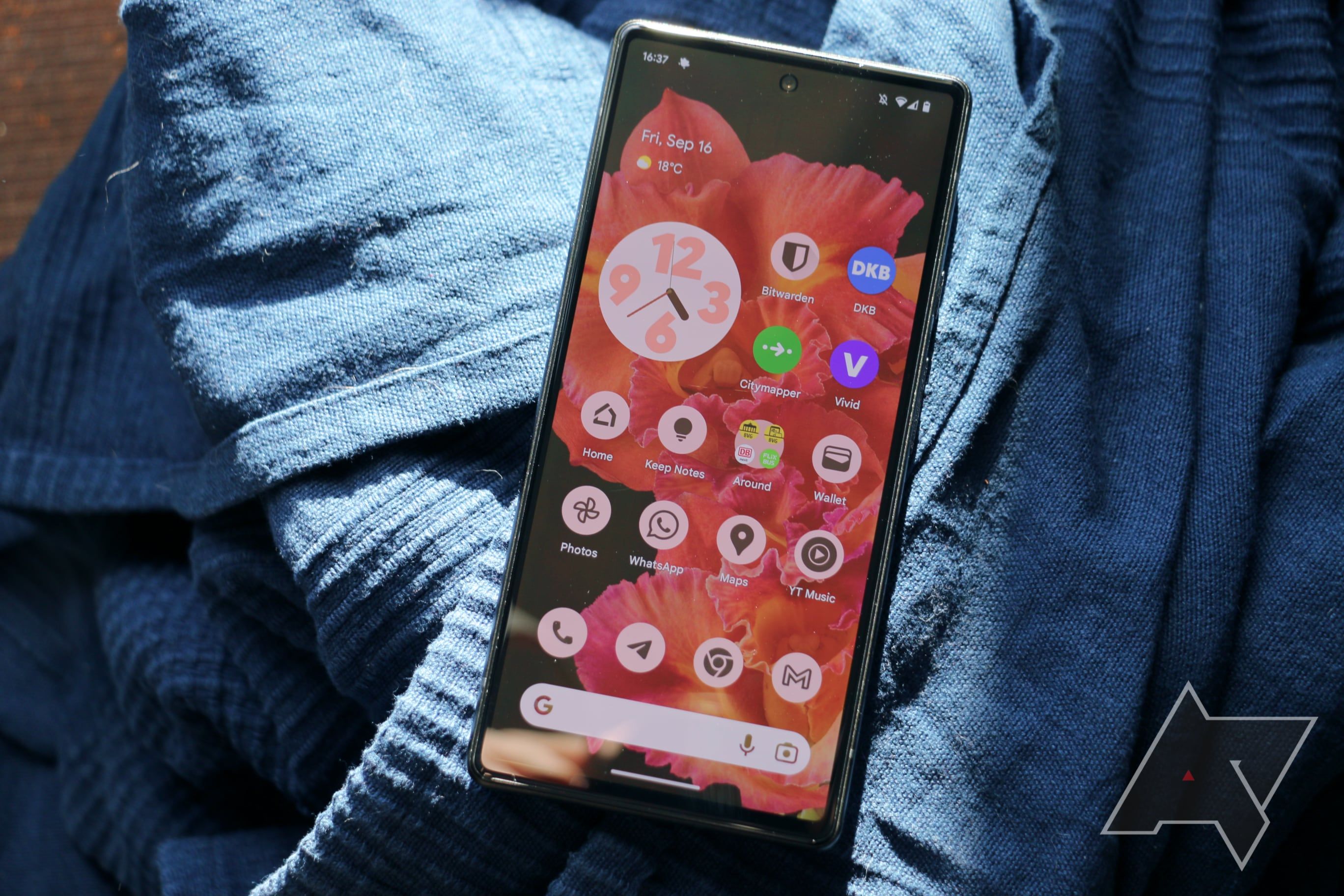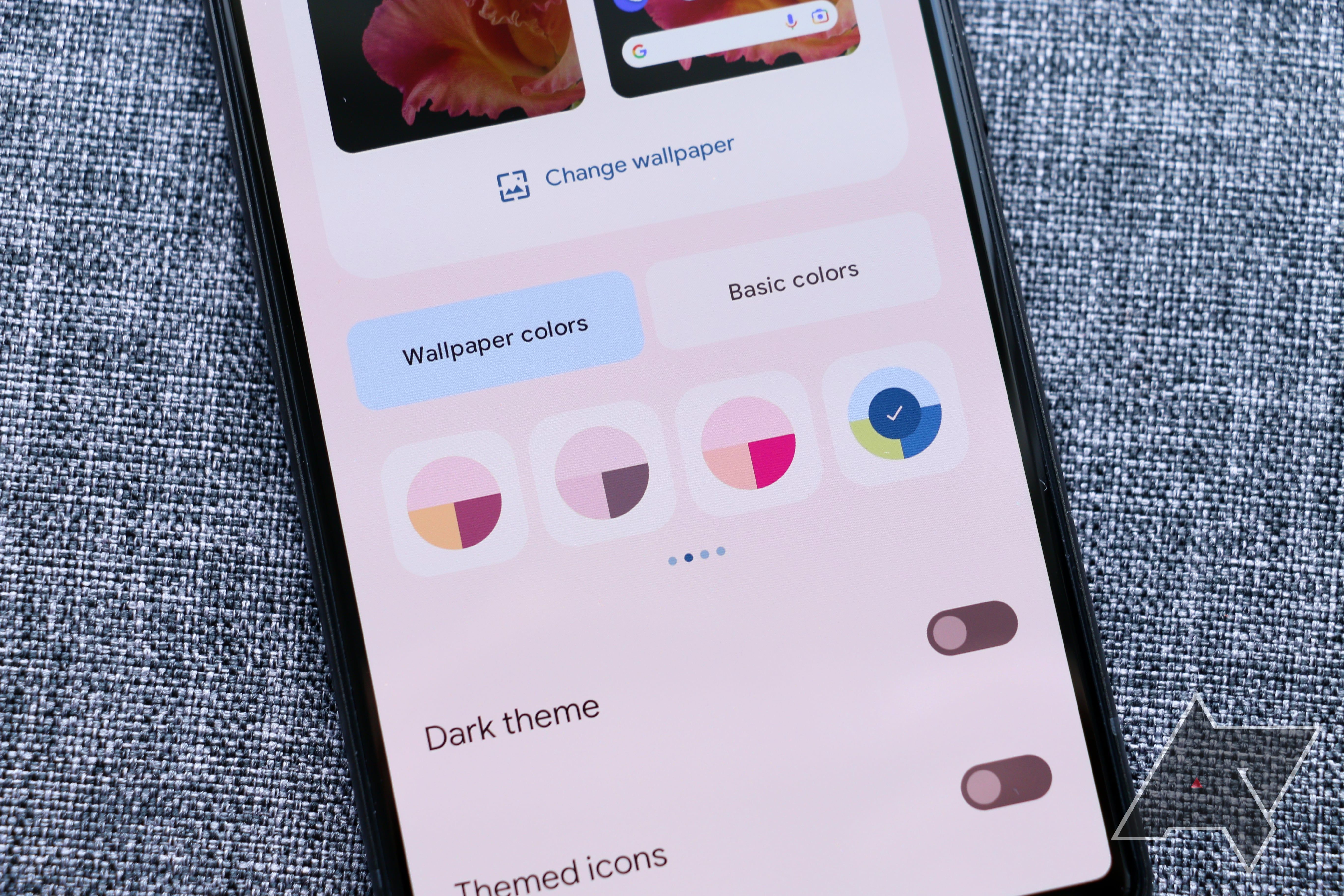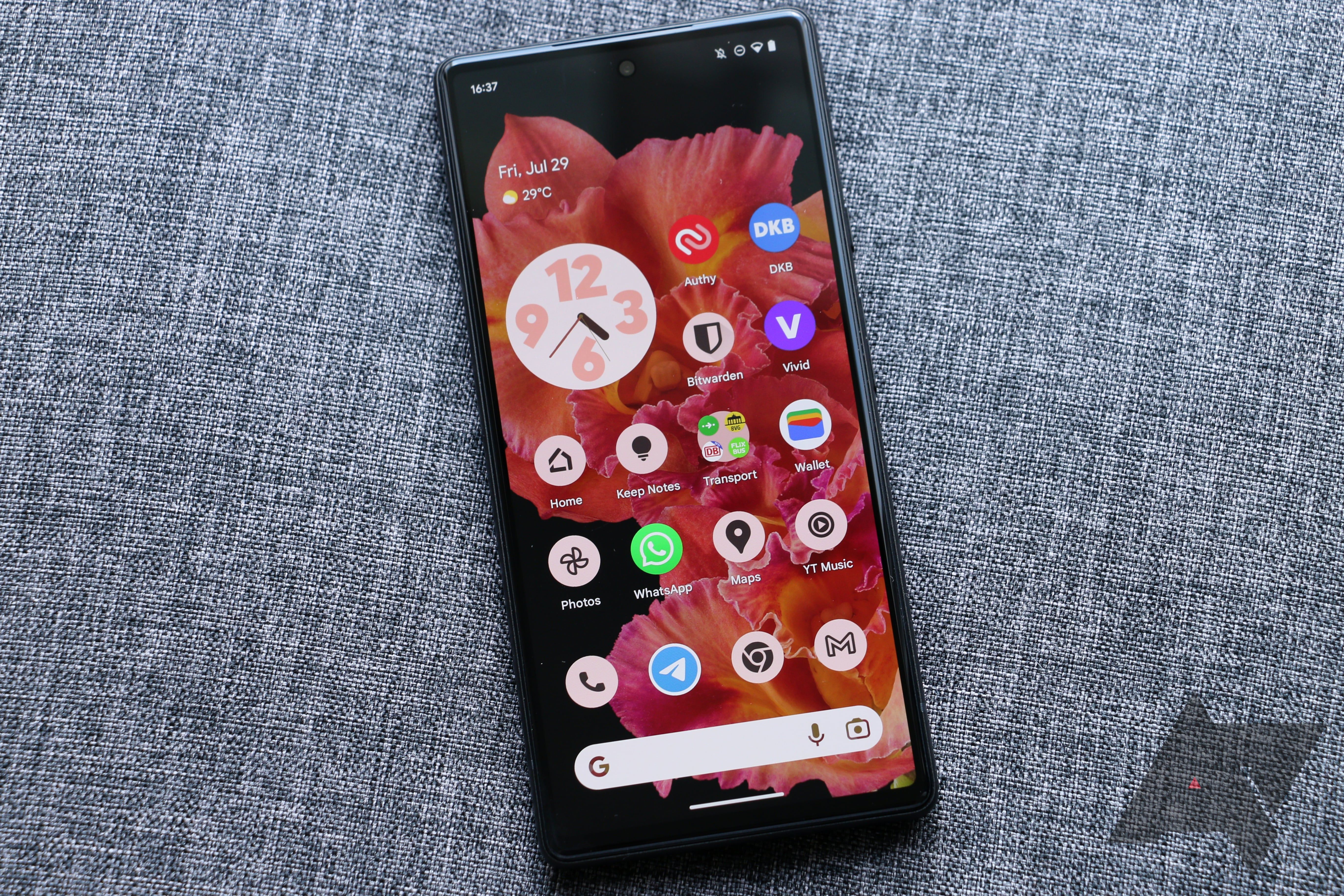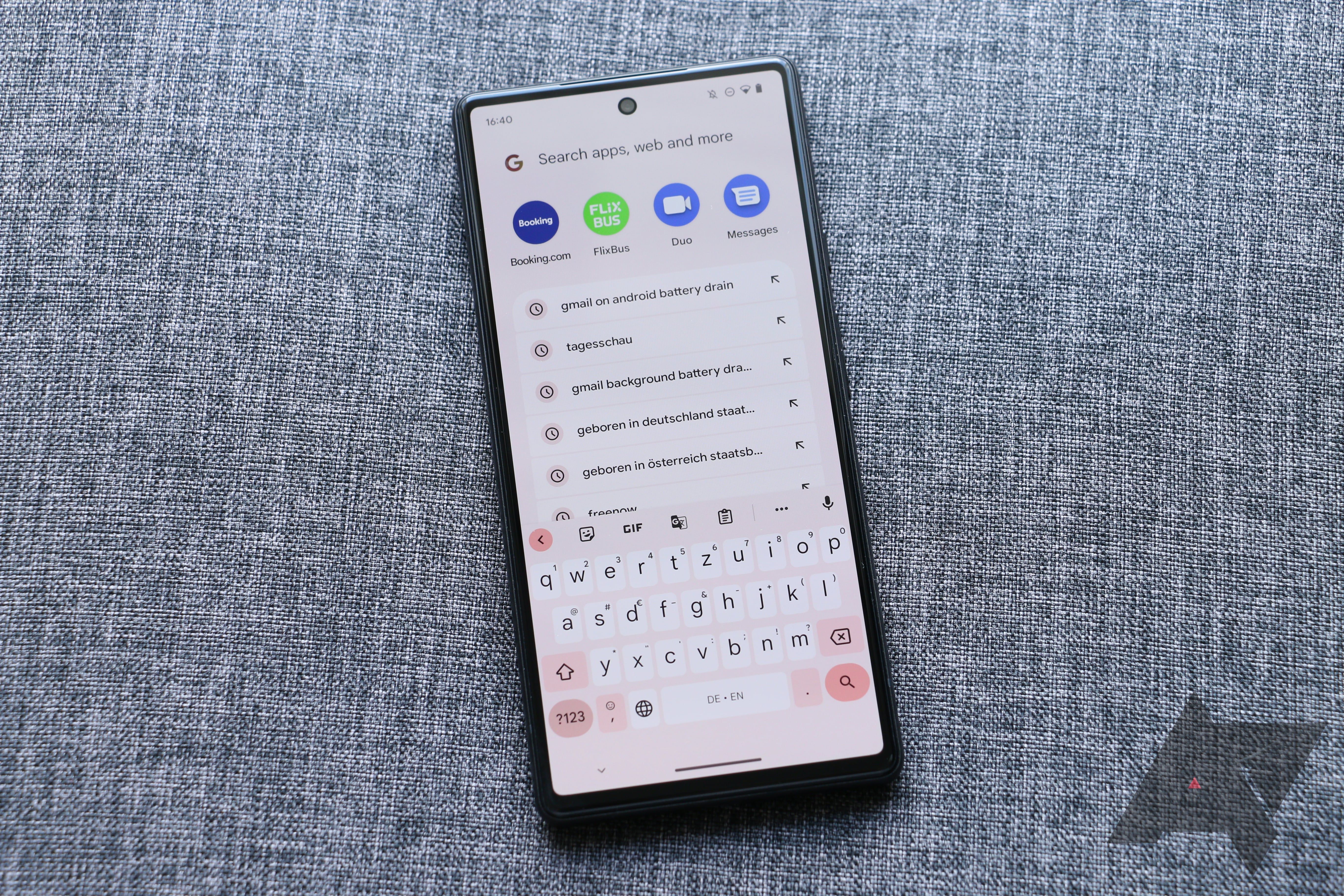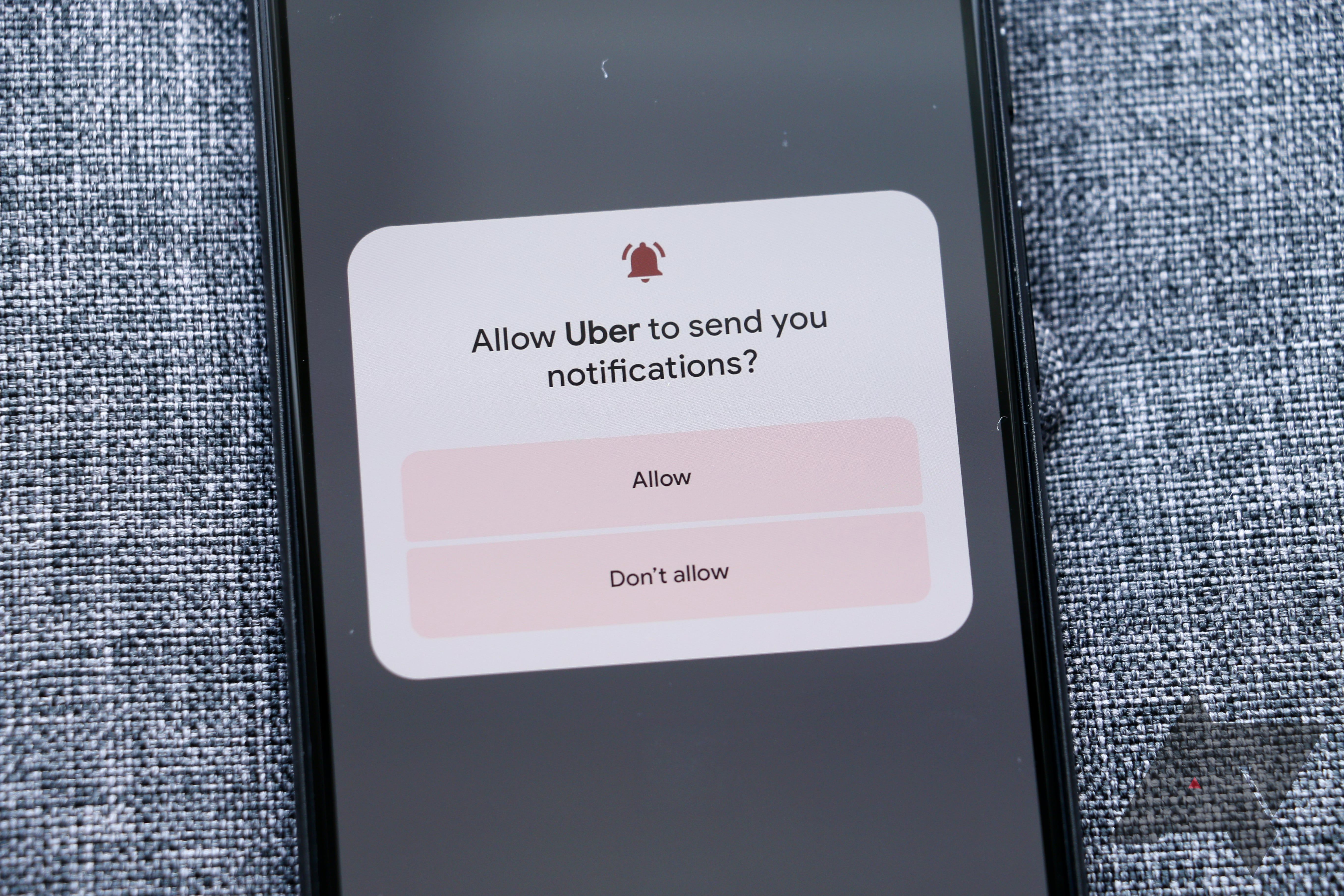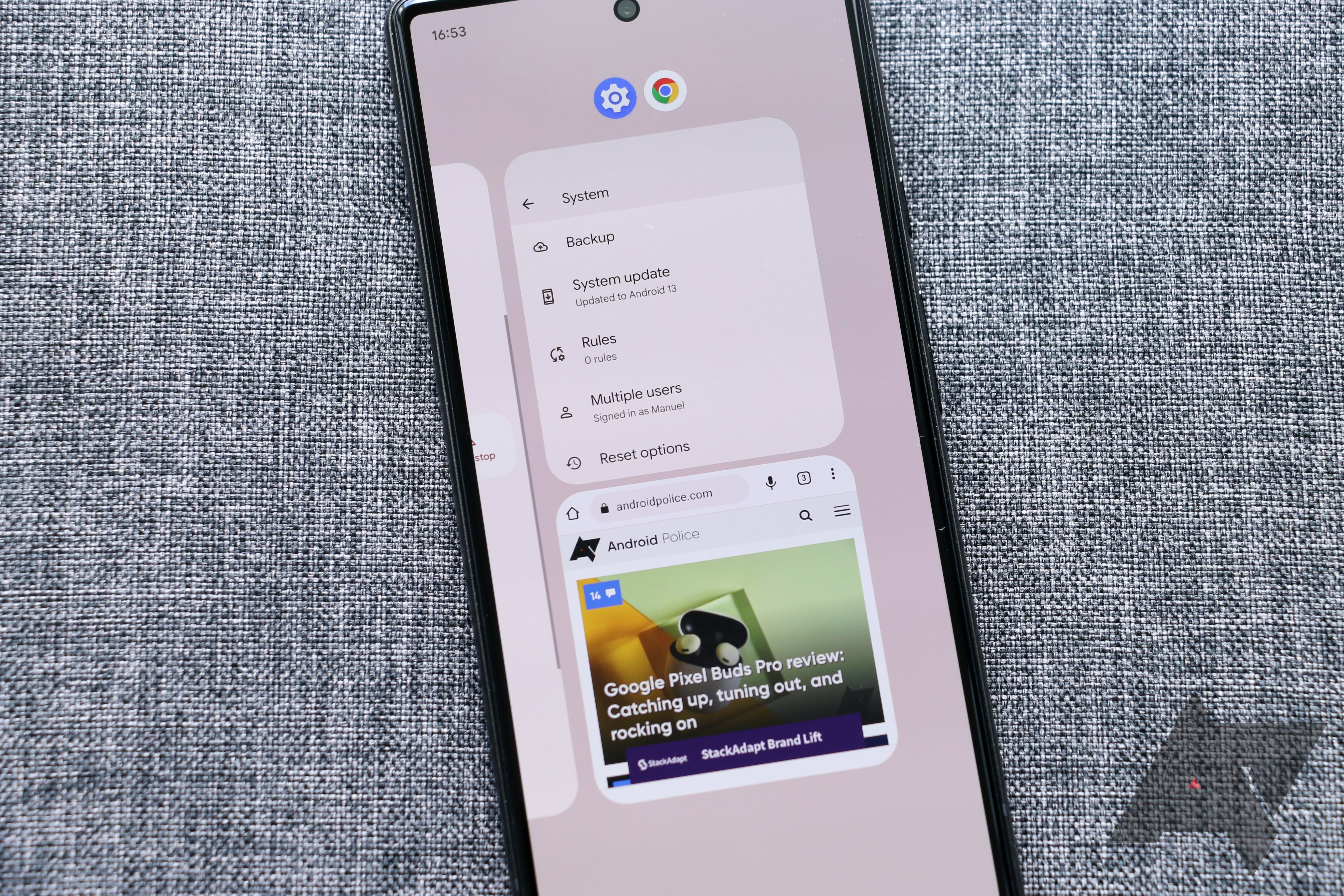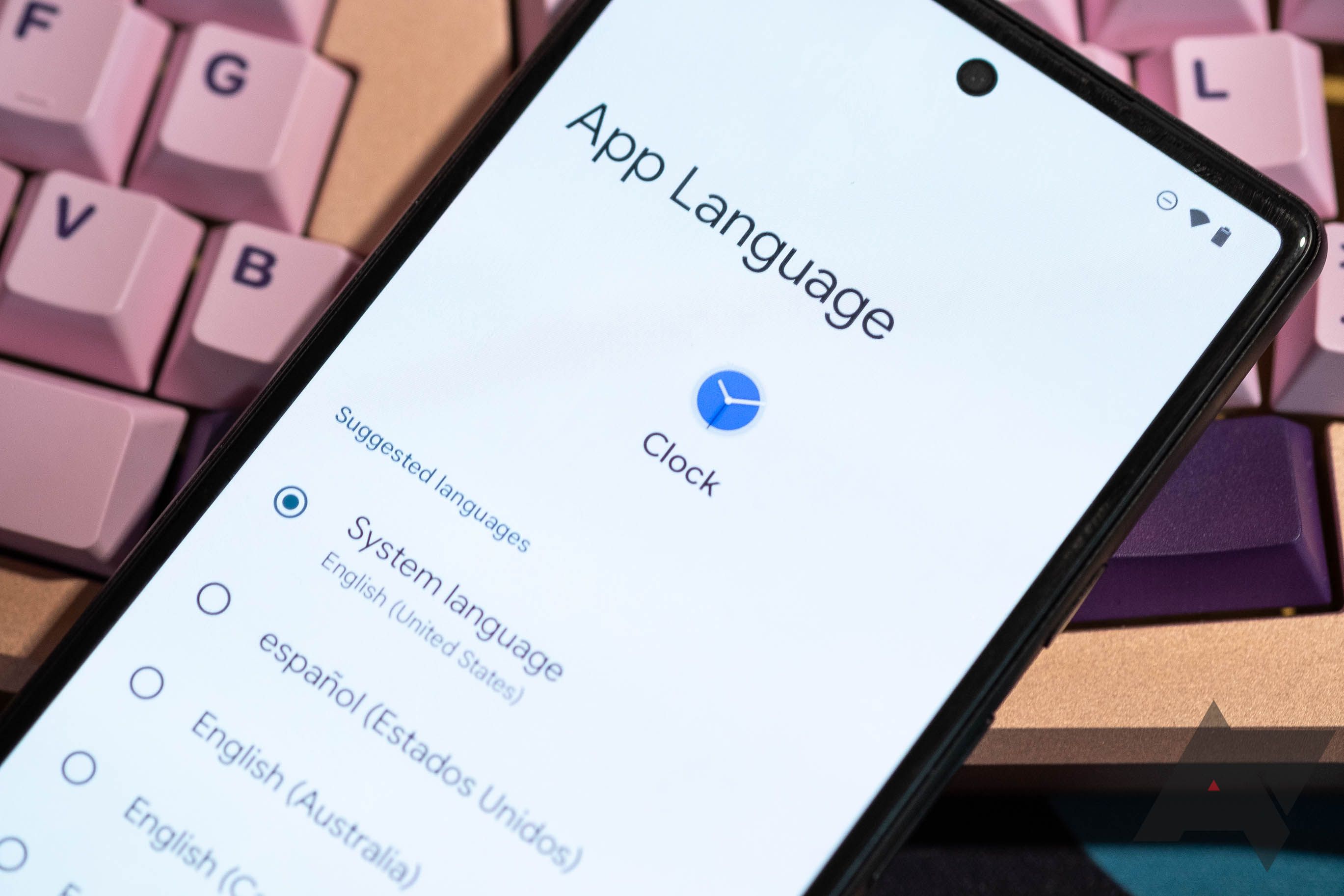Android 13 is the latest and greatest iteration of everyone's favorite mobile OS, and it's on Google Pixel phones right now and should roll out soon to devices from Samsung and others. Compared to the major overhaul that was Android 12, the newest Android version is a relatively light release as far as new features go. Still, it features many small updates and tweaks to existing functionality. Here are eight tips and tricks for navigating the latest Android release on your Pixel.
Get (even more) colorful with Material You
Android 12 introduced Material You, Google's colorful, playful new software design language. One of the key components of Material You is customization, with dynamically generated themes that feature colors based on your phone's wallpaper. In Android 13, that feature gets a major improvement.
In Android 12, only a handful of color palettes are available. However, now you'll see as many as 16 theme options, depending on the wallpaper you applied. If you can't find one you like, there are basic palettes to choose from.
To adjust your Pixel phone's Material You theme, long-press on your homescreen and tap Wallpaper & style. Color options are visible under your current wallpaper.
Change your icons to match—or don't
Material You also lets you change the color of your homescreen icons to match the rest of your theme. The feature was introduced in Android 12 in beta. It's still labeled as a beta feature, but Android 13 officially extends support for these color-changing app icons to third-party apps.
It's a fun idea, but outside of Google apps, most still don't support Material You's themed icons. If you're okay with the uneven application of color, you can enable themed icons by long-pressing on your homescreen, tapping Wallpaper & style, then scrolling down and flipping the Themed icons toggle to the On position.
Get used to the search bar
Android 13 tweaks the way the Pixel's homescreen search bar works. Tapping the bar at the bottom of the homescreen opens an interface where you can search for results on the web or for apps on your phone. In Android 12, typing part of an app's name and pressing the Search button would open that app. In Android 13, it searches Google for what you've typed. For example, if you previously opened the YouTube app by tapping the bottom bar, typing "yout," then pressing Search, there will be a learning curve and some accidental searches.
When you expand your app drawer by swiping up on your homescreen, you get a different search experience, primarily meant for searching your phone. The search bar at the top of your app drawer finds installed apps, settings, and tips about how to use your phone (it's also supposed to be able to search your contacts, but that functionality doesn't seem reliable right now). The setup is a little convoluted, but you should be able to get the hang of it with practice.
Tailor your notifications
You've long been able to block notifications from selected apps on Android, but Android 13 introduces a change that streamlines the process. The first time you open an app, it asks whether you want it to send notifications. Don't be afraid to deny permission to the apps you don't think need it (games, for example).
If you miss valuable information without a given app's notifications, they're easy to turn back on. Long-press the app's icon on your homescreen or in your app drawer, tap the i icon, and then tap Notifications. From here, you can customize the app's notifications to your heart's content.
Watch out for downgraded multitasking
Running apps in split-screen gets a little more difficult in Android 13. Like in Android 12, you start split-screen multitasking by tapping an app's icon in your Recents menu (the one that pops up when you swipe up on the navigation bar and hold). Android 12 has the option to select a second app from your homescreen or app drawer.
In Android 13, you can only choose the second app from the same Recents view; navigating home cancels split-screen. You have to make sure you've recently opened both apps you want to use in split-screen. It's not a huge deal, but it's a bizarre change that almost seems like an oversight. We hope to see this changed in future updates.
Fix ugly copied text
In Android 13, copying text to your clipboard generates a pop-up like the one that appears when you take a screenshot on Android 12. Tapping this pop-up opens a text editor view where you can make changes to the copied text before saving it to your phone's clipboard. This is handy for apps that attach additional text to generated links.

Scan QR codes in a snap
Your Pixel's camera app can interpret QR codes, but Android 13 introduces an additional way to scan these visual links in a quick settings tile that you can stick next to settings like Wi-Fi and Bluetooth toggles. It's not visible by default. To expose it, fully expand your notification shade, then tap the pencil icon near the lower-right corner. Then drag the QR code scanner tile up to your active tiles.
Tapping the tile opens a simple viewfinder interface. Line it up with a QR code and tap Open.
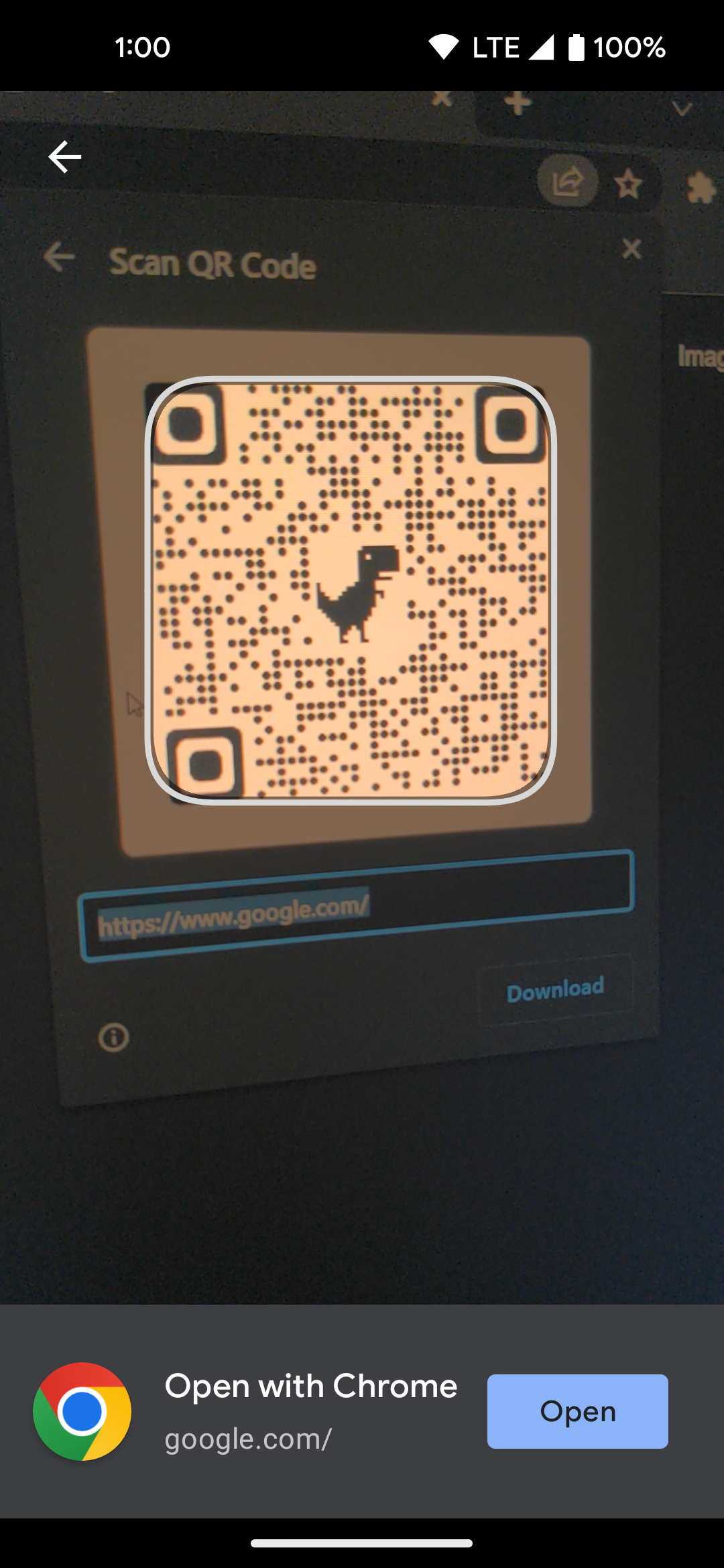
Change your phone's language app-by-app
This one won't be useful for everyone, but it could be a game-changer for people who live in multiple languages. Android 13 lets users choose display languages for individual apps rather than for the whole UI. To pick a language for a single app, head to Languages & input in your device's settings, then tap App Languages.
The App Languages option only appears if you have multiple languages set on your device. Also, developers must do some legwork to get per-app language settings working for their apps. So there's a chance your favorites might not support it yet. But some do, and if you have an app you prefer to use in a language that's not your phone's default, it's worth a shot.
More to discover
Android 13 made its out-of-the-box debut on the Google Pixel 7 and Google Pixel 7 Pro and is available as a downloadable update on Pixel phones from the Pixel 4 through the Pixel 6a. However, the best Android phones should see the update soon. To get a fuller picture of the Android 13 experience and all the new features it brings—like a new notifications permission, changes in how apps access your media files, and a super slick new media player notification—check out our full review of Android 13.

